Fluid couplings are critical components in power transmission systems, providing smooth torque transfer, overload protection, and vibration damping. They are unique from other types of couplings as they utilize a working fluid to transmit power. Read More…
Our shaft couplings are the best around! Not only do we provide you with exceptional levels of customer service but we also provide you with manufacturing and a repair service that you can count on. We are also capable of providing you with special designs. That’s right! Our design team will work closely with you in order to ensure that you are getting the product that will fit your specific...
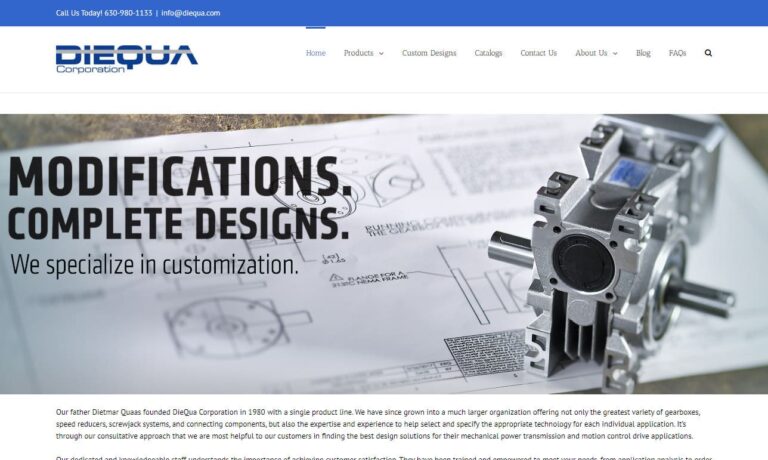
Here at Renbrandt, we take great pride in our role as a trusted provider of shaft couplings, offering a diverse range of products, services, and capabilities to meet the diverse needs of our valued clientele. With our unwavering commitment to excellence and extensive expertise in shaft coupling technology, we stand ready to deliver innovative solutions that excel in quality, reliability, and...
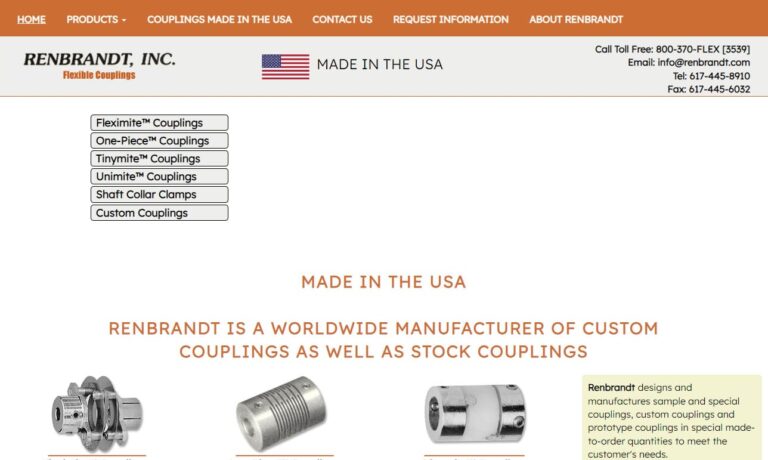
Hersey Clutch has been in business since 1963. With that kind of background and experience we have become leaders in application engineering. We specialize in finding solutions to our customer's problems regarding industrial power transmissions, brakes, clutches, couplings, universal joints, gearboxes, speed drives, friction material, crane electrification and more. Let us help you today!
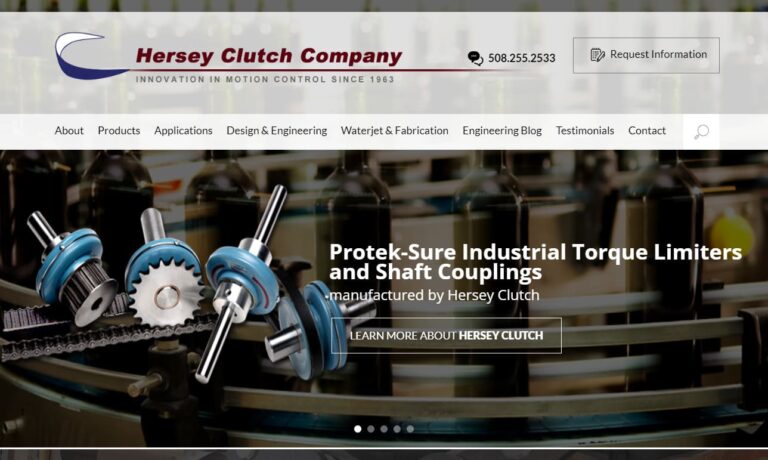
Gam Enterprises is a distributor of Jakob torsion-resistant precision couplings and safety couplings for servo drive applications. We also manufacture shaft couplings, gear couplings and rigid shaft couplings. What sets us apart from our competitors is our flexibility in making sure all of our customers' needs are met. Contact Gam today for more information.
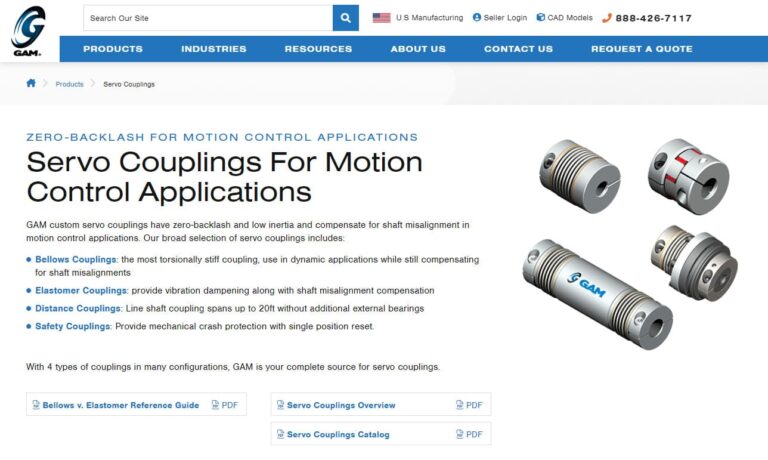
Duraflex, Inc. is a custom and standard manufacturer providing high tech services for metal bellows, rubber bellows, edge-welded bellows, hydroformed bellows, exhaust bellows, couplings, rubber expansion joints, metal expansion joints, fabric expansion joints, pipe, tubing, hose, assemblies and flexible connectors for engineered piping systems.
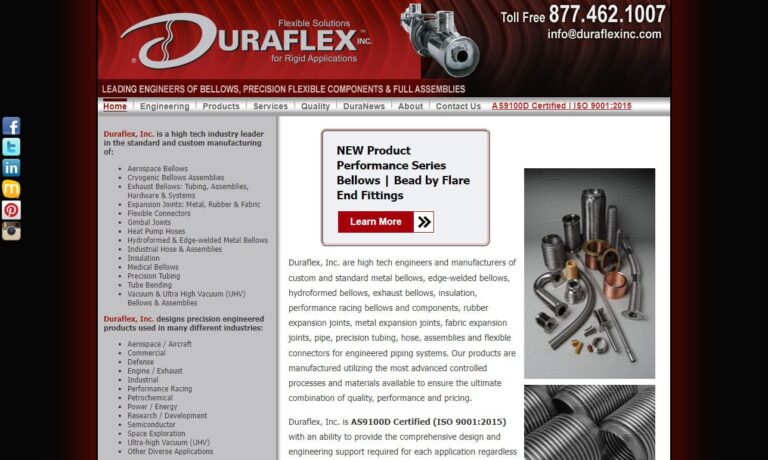
More Fluid Coupling Manufacturers
Components of Fluid Couplings
All fluid couplings have a few common components. These include a housing, an impeller, a turbine, and a working fluid. The housing contains the working fluid and is bolted to the engine flywheel or the driven machine. The impeller, connected to the engine shaft, drives the working fluid into the turbine. The turbine is connected to the driven machine, and as the working fluid flows through it, it transmits torque. The working fluid acts as a medium to transfer power from the engine to the driven machine.
Component Differences among Fluid Couplings Variations
Different variations of fluid couplings have specific components that cater to their unique designs and applications. In the case of torque converters, a type of fluid coupling commonly used in automotive transmissions, for example, an additional component called the stator is present. The stator redirects the flow of the working fluid, increasing torque and speed capacity. This feature allows for smooth gear shifts and efficient power transfer between the engine and the drivetrain. Constant-fill fluid couplings, meanwhile, are often found in industrial machinery like conveyor systems; they have specific components called primary and secondary wheels. These wheels facilitate the constant circulation of the working fluid, ensuring uninterrupted power transmission and maintaining a consistent torque transfer between the driving and driven shafts.Finally, there are variable-speed fluid couplings which are used in applications where adjustable speed control is necessary and employ guide vanes as a unique component. These guide vanes enable the regulation of fluid flow, allowing for variable speed operation. By adjusting the angle of the guide vanes, the speed and torque characteristics of the fluid coupling can be tailored to meet specific requirements.
Materials Used for Fluid Couplings
Fluid couplings use different materials, such as steel, aluminum, and cast iron, depending on the application. Steel couplings are used in heavy-duty applications, while aluminum couplings are used in lightweight applications. Cast iron couplings are used in moderate to heavy-duty applications. For example, steel couplings are ideal for mining equipment, aluminum couplings are suitable for small motor applications, and cast iron couplings are ideal for pumps, fans, and compressors.
Considerations Regarding Fluid Couplings
One consideration regarding fluid couplings is that they can generate heat during operation.This heat can lead to decreased efficiency and potential thermal damage to the components. However, this can be mitigated by using a cooling system, such as a heat exchanger. Fluid couplings also require maintenance of the working fluid, which can be time-consuming and costly.
Benefits of Fluid Couplings
Fluid couplings offer several significant benefits in power transmission systems. To begin with, they ensure smooth torque transfer, minimizing shock loads and protecting the connected machinery from excessive stress. This feature is particularly advantageous in applications where sudden starts or changes in load occur frequently. Additionally, fluid couplings provide overload protection, acting as a safeguard when there is a sudden increase in load or torque. By allowing a degree of slippage between the driving and driven shafts, fluid couplings prevent damage to the drivetrain and connected equipment. Furthermore, fluid couplings excel at vibration damping, reducing torsional oscillations and vibrations that can negatively impact the system's stability and longevity. This benefit enhances the overall performance and reliability of the machinery. Additionally, fluid couplings operate in a maintenance-free manner, as they are self-lubricating. This eliminates the need for frequent lubrication and reduces maintenance requirements, saving time and costs. Another notable advantage is the efficiency optimization achieved by fluid couplings. By allowing slip, they enable power transmission at different speeds and loads, maximizing the efficiency of the system. This feature proves particularly beneficial in applications where adjustable speed control is required, allowing for precise operational control. Finally, fluid couplings exhibit a compact and lightweight design, making them suitable for various applications with space constraints or weight limitations. Overall, these benefits make fluid couplings an attractive choice for power transmission needs in numerous industries.
Applications of Fluid Couplings
Due to the benefits they provide, fluid couplings have various applications in different industries. In the automotive industry, for instance, fluid couplings are used in torque converters, enhancing the performance of automatic transmissions. In the mining industry, meanwhile, fluid couplings are used in conveyor systems and crushers, providing reliable power transmission in harsh environments. Fluid couplings are also used in the marine industry for propulsion systems, allowing for precise speed control and smooth engagement. In power generation, fluid couplings are also used in generators, turbines, and pumps, enabling efficient power transfer and load management. Finally, in industrial manufacturing, fluid couplings are found in various applications, including conveyor systems, mixers, fans, and compressors, ensuring reliable power transmission and equipment protection.
Choosing the Correct Fluid Couplings Manufacturer
To ensure you have the most beneficial outcome when purchasing fluid couplings from a fluid couplings manufacturer, it is important to compare several companies using our directory of fluid couplings manufacturers. Each fluid couplings manufacturer has a business profile page highlighting their areas of experience and capabilities, along with a contact form to directly communicate with the manufacturer for more information or to request a quote. Review each fluid couplings business website using our patented website previewer to quickly learn what each company specializes in. Then, use our simple RFQ form to contact multiple fluid couplings companies with the same form.

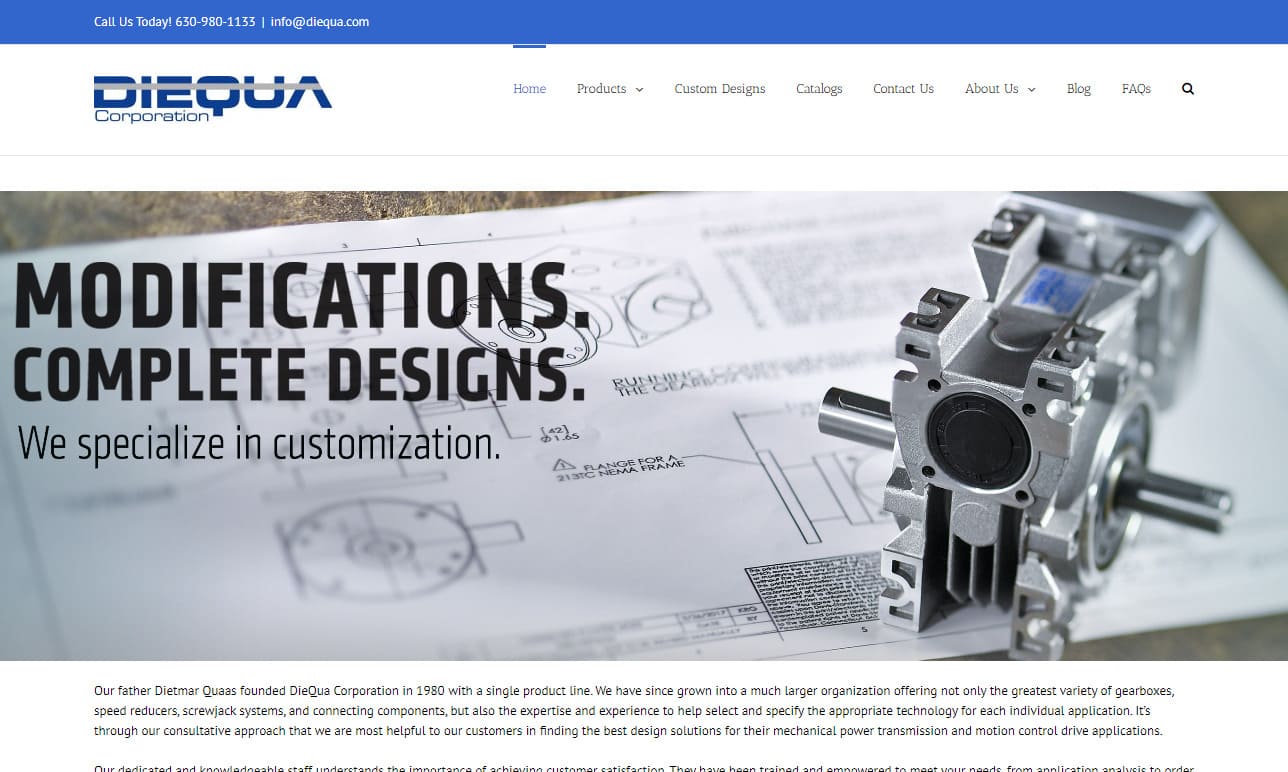
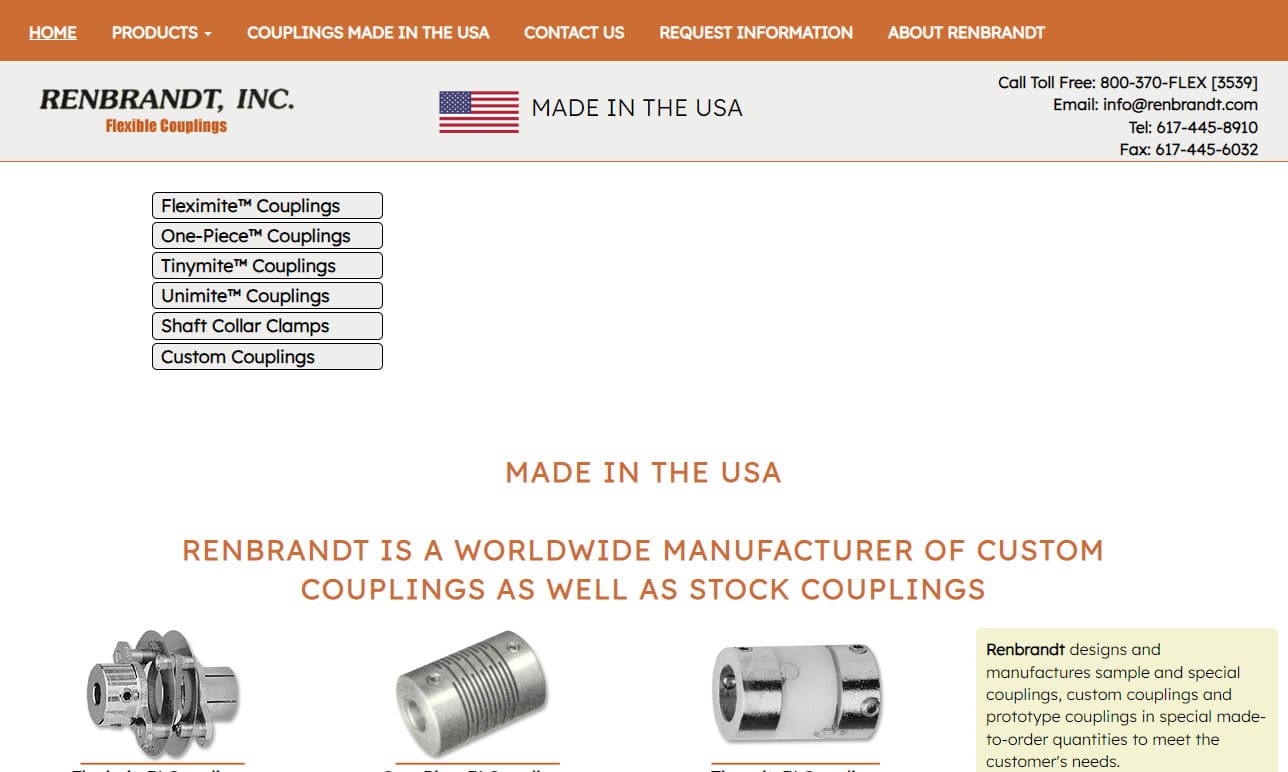
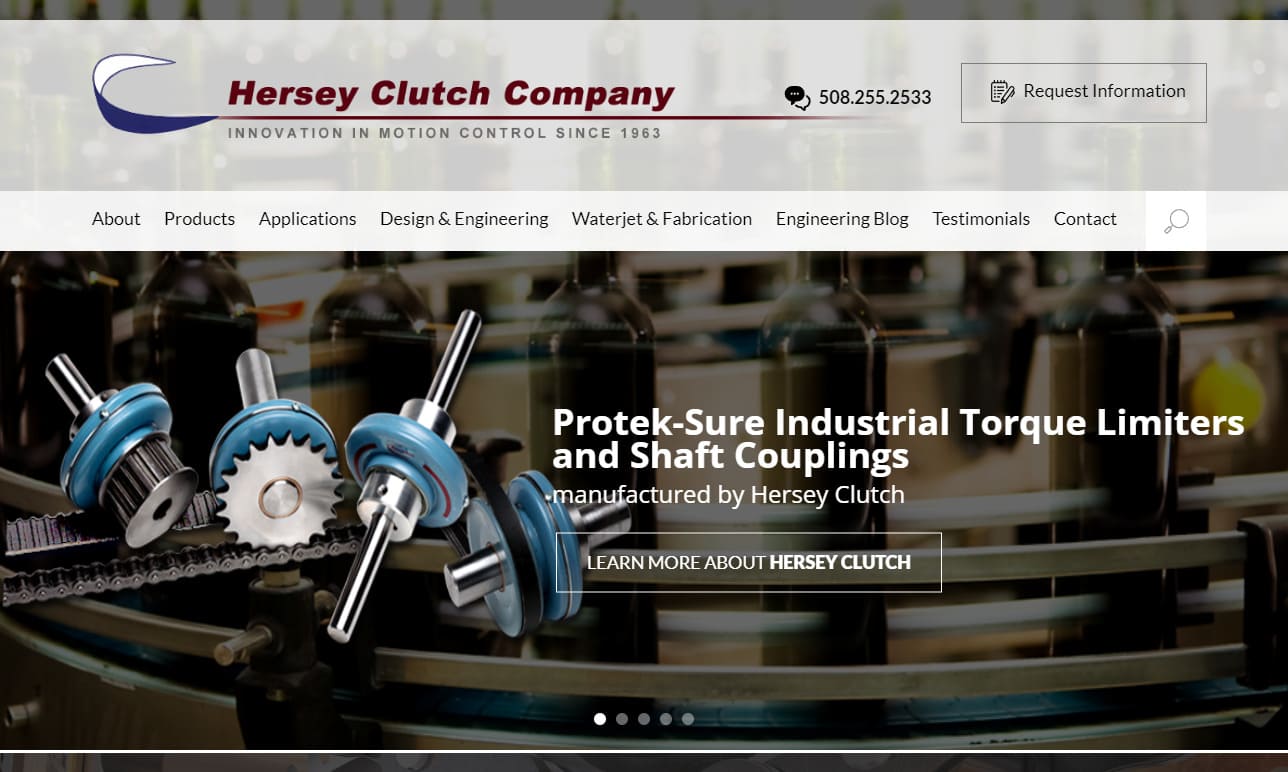
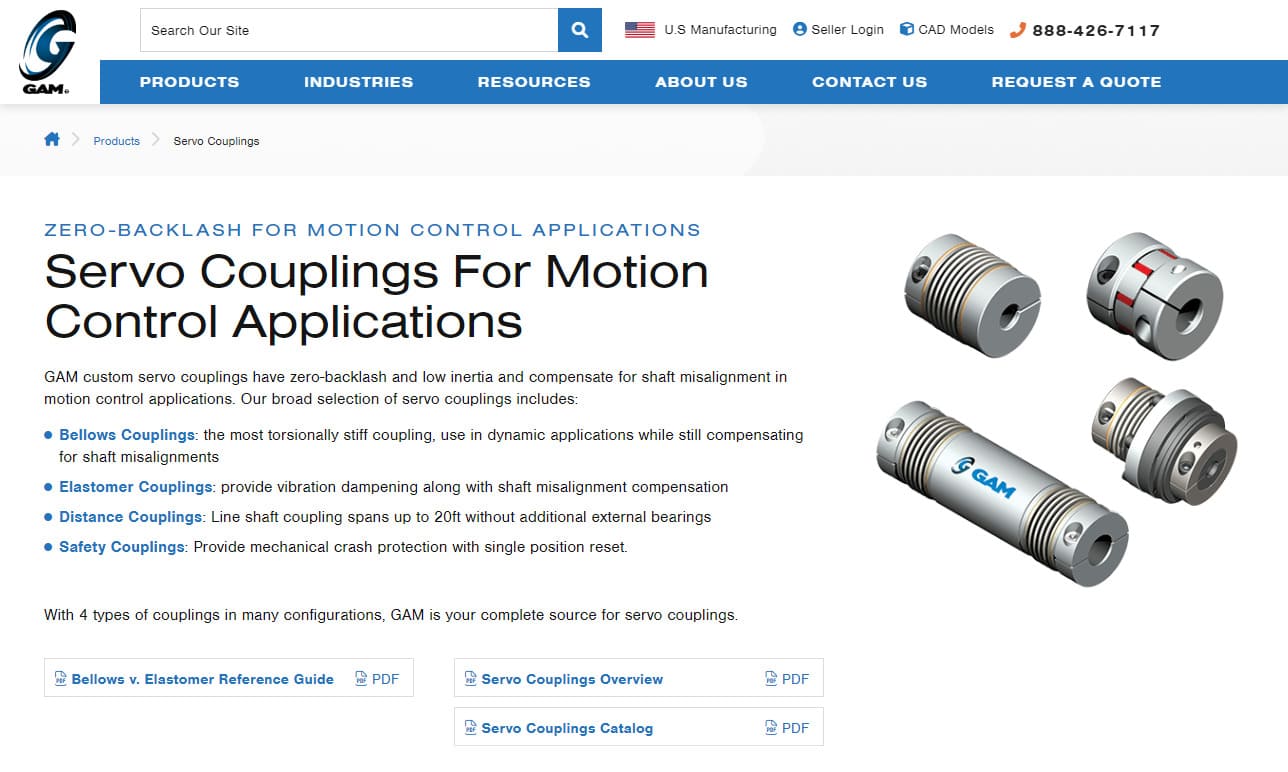
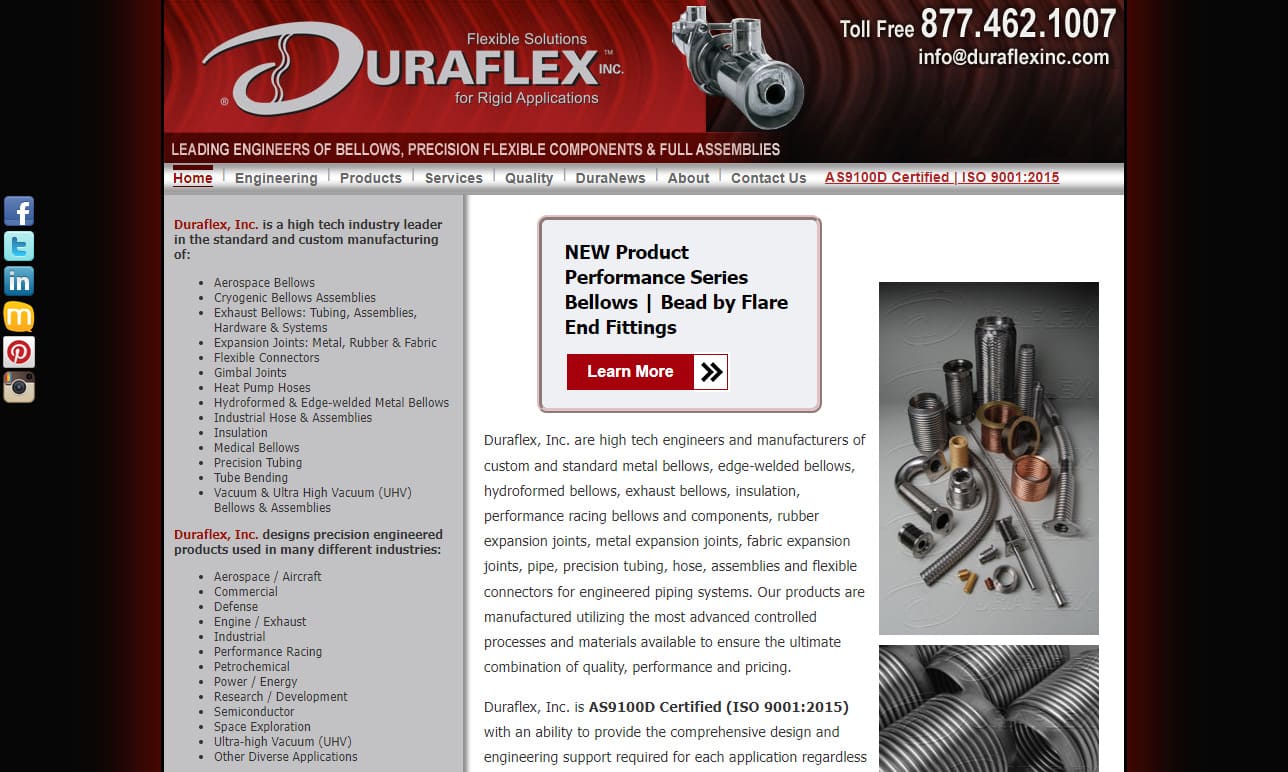
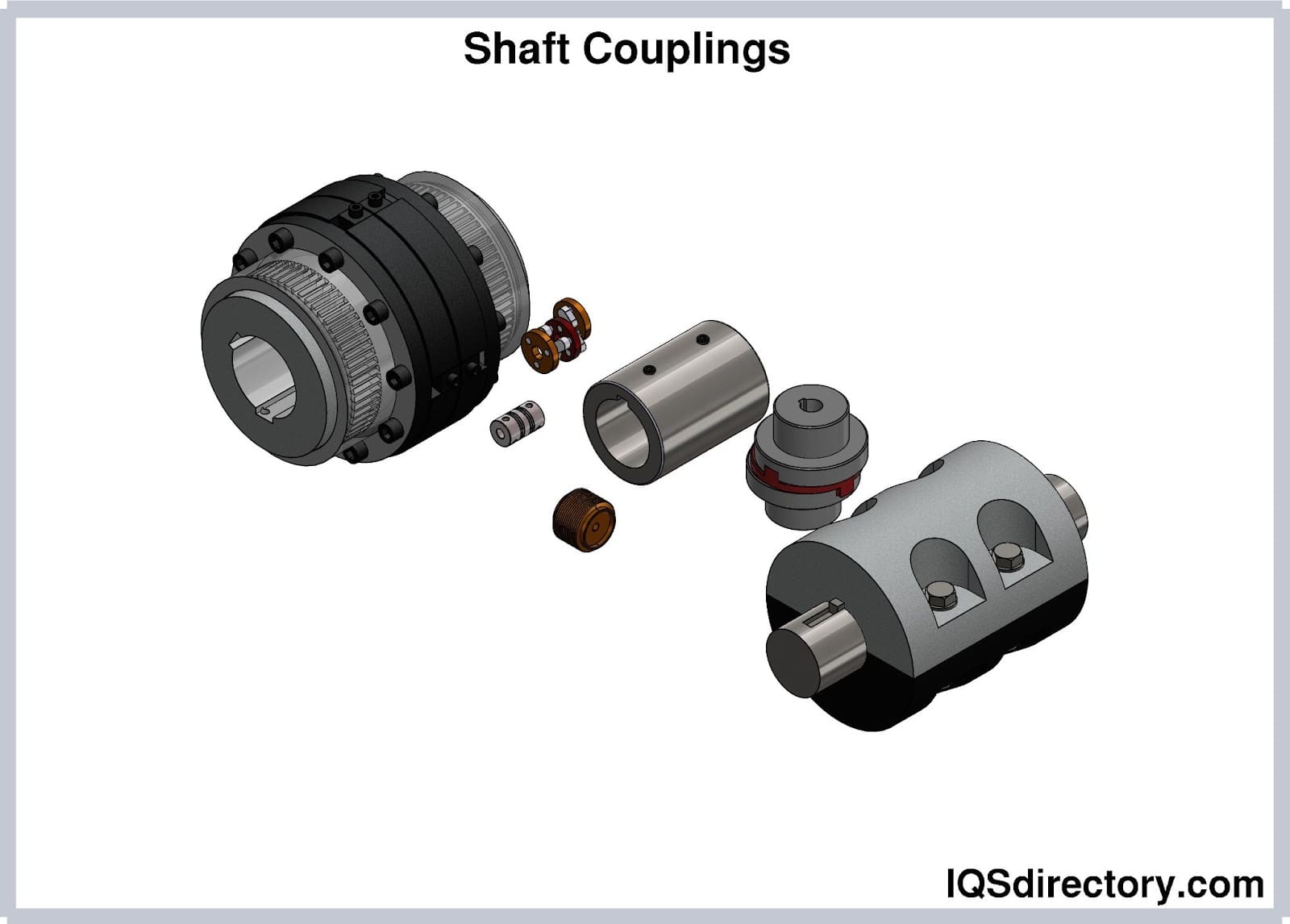

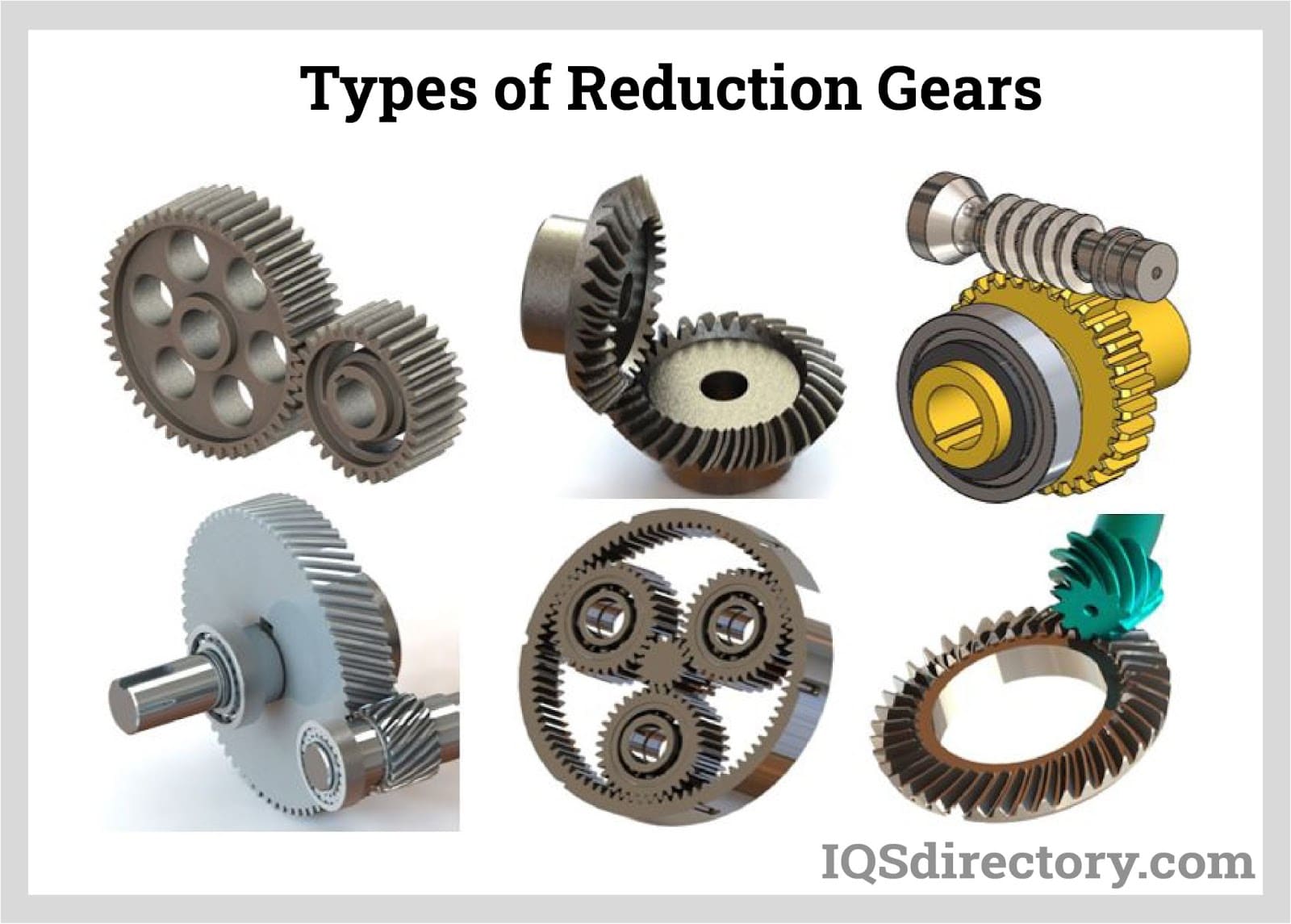
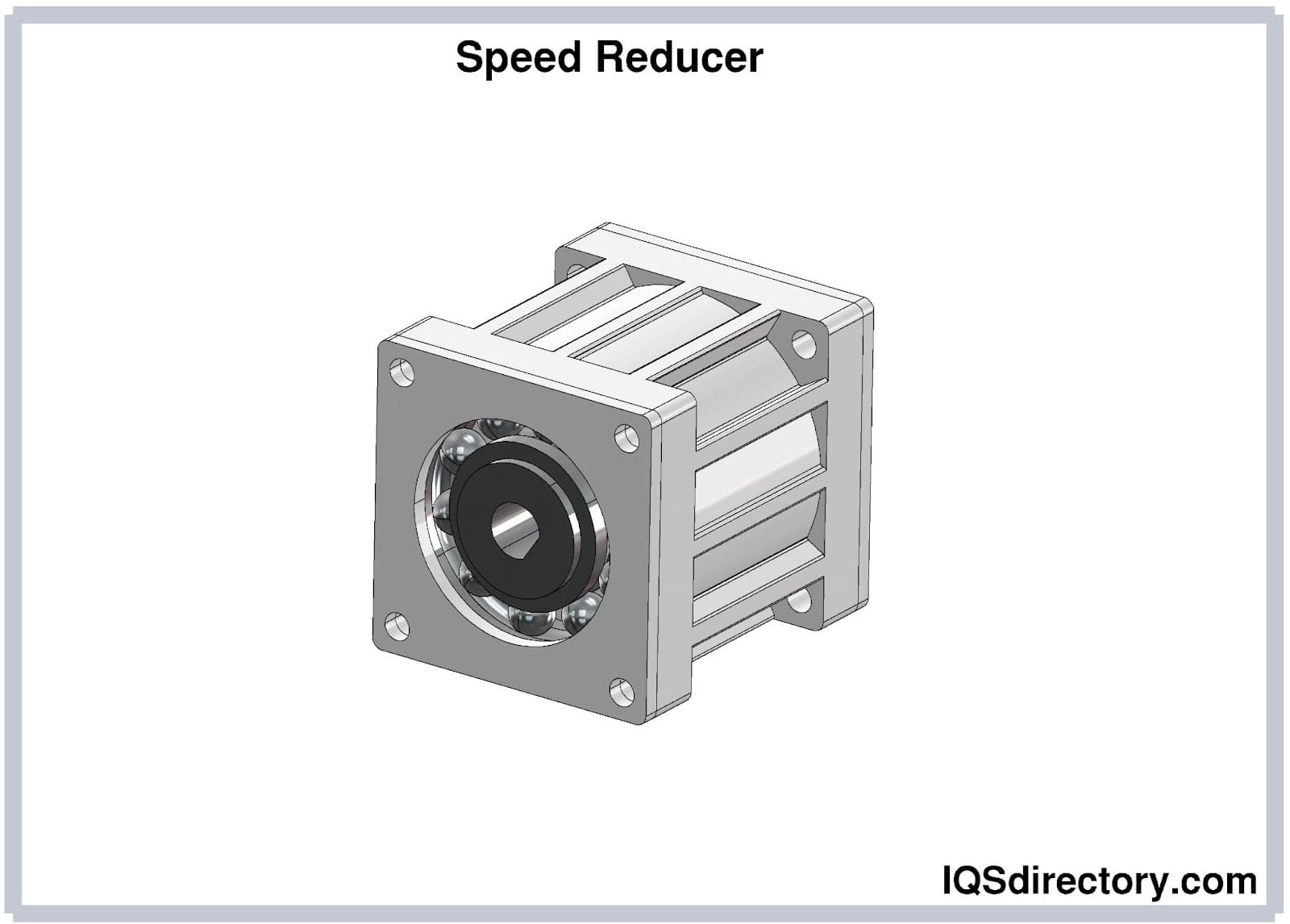
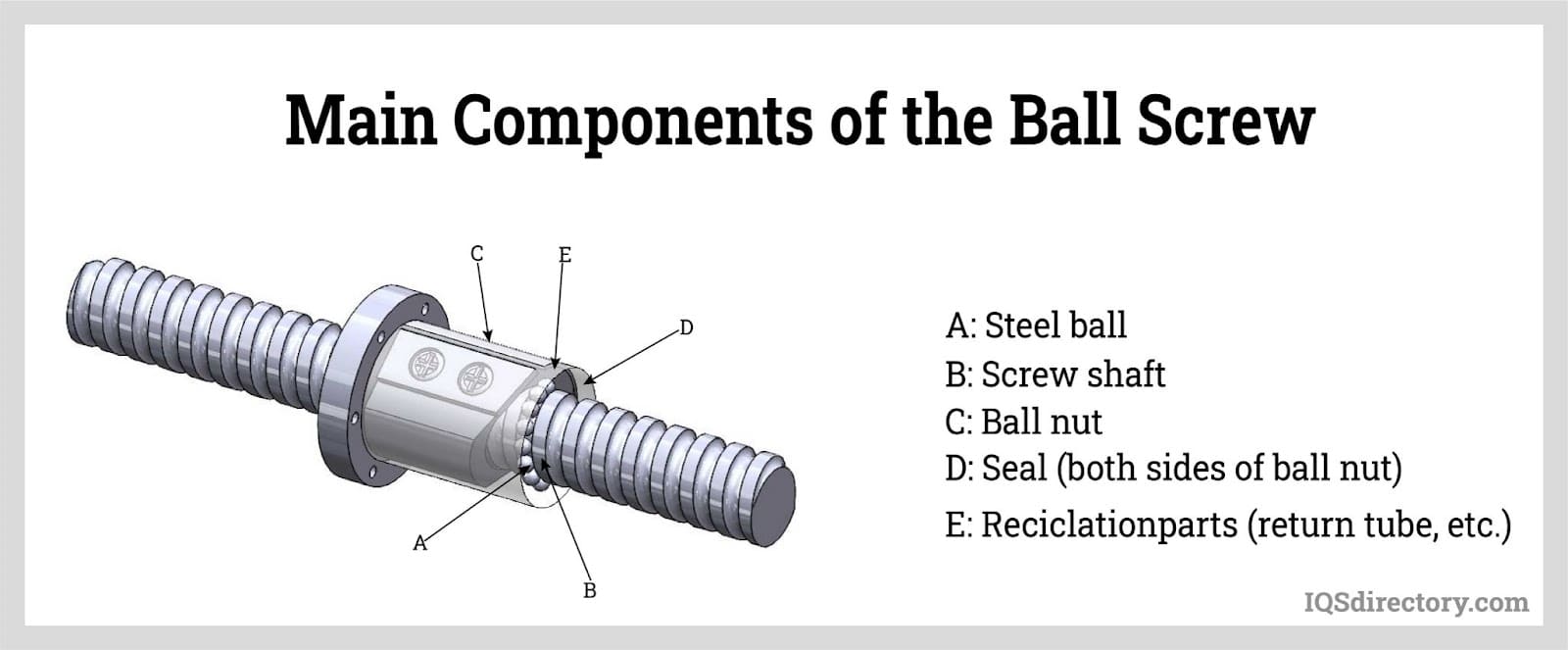
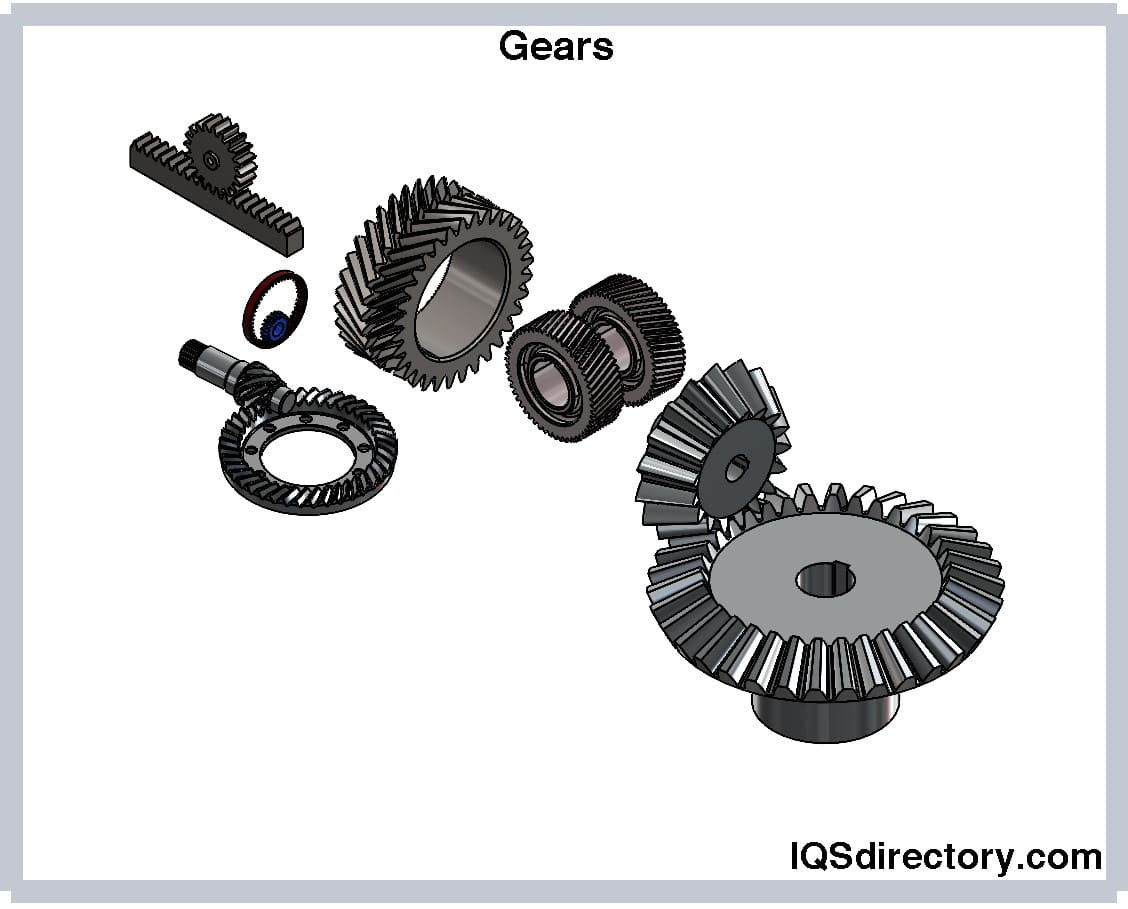
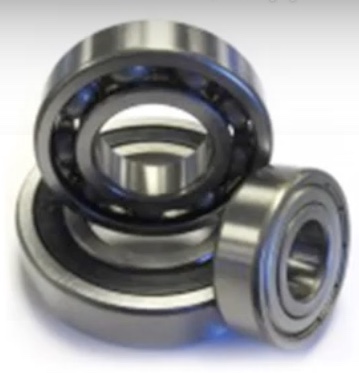 Ball Bearings
Ball Bearings Ball Screws
Ball Screws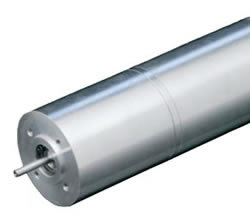 Electric Motors
Electric Motors Friction Materials
Friction Materials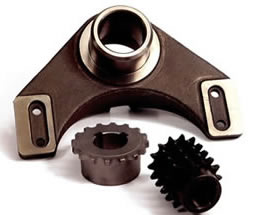 Gears
Gears Quick Release Couplings
Quick Release Couplings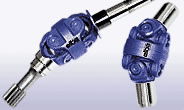 Shaft Couplings
Shaft Couplings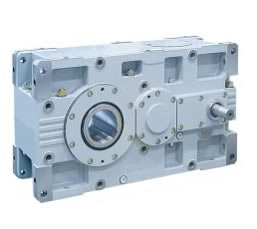 Speed Reducers
Speed Reducers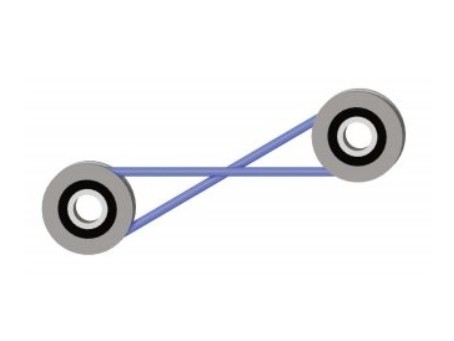 Timing Belting
Timing Belting Castings & Forgings
Castings & Forgings Bulk Material Handling
Bulk Material Handling Electrical & Electronic Components
Electrical & Electronic Components Flow Instrumentation
Flow Instrumentation Hardware
Hardware Material Handling Equipment
Material Handling Equipment Metal Cutting Services
Metal Cutting Services Metal Forming Services
Metal Forming Services Metal Suppliers
Metal Suppliers Motion Control Products
Motion Control Products Plant & Facility Equipment
Plant & Facility Equipment Plant & Facility Supplies
Plant & Facility Supplies Plastic Molding Processes
Plastic Molding Processes Pumps & Valves
Pumps & Valves Recycling Equipment
Recycling Equipment Rubber Products & Services
Rubber Products & Services